Opistophthalmus capensis (Herbst, 1800) - South Africa
Opistophthalmus capensis (Herbst, 1800)
Opistophthalmus capensis (Cape Burrowing Scorpion) female busy killing a male.
I found them like this so it's not known if the male was successful in mating. The male was still alive but in a weakened state. It's not a common occurrence for males to be killed after mating so I suspect the female was already gravid by the time the unfortunate male made an attempt.
Opistophthalmus capensis (Cape Burrowing Scorpion) from Paardenberg.
Opistophthalmus capensis (Cape Burrowing Scorpion) from South of Elands Bay
A species that can be found all along the West Coast up to about Lambert's Bay; where they dig burrows in the soft coastal sands.
View of the prosoma and pedipalps of the various specimens of female Opistophthalmus capensis (Cape Burrowing Scorpion) from different localities in the Western Cape.
Is it all one species or are we looking at multiple species? Colour signifies little but the differences in granulation on the chelae and carapace would indicate that this is definitely not one species. The soil type which the specimens are found on are also a big indicator imo. Specimens from Durbanville and surrounds are found on a clay-like soil while specimens from Bothasig, just a few kilometres away, are found on coastal sands. This is a continuous change throughout their distribution range and seems to be a big factor in the morphological differences between them.
Female Opistophthalmus capensis (Cape Burrowing Scorpion) from near Elands Bay
Much different to the "normal" O. capensis, the specimen from this area are almost twice the size and have a golden colouration.
Female and male Opistophthalmus capensis (Cape Burrowing Scorpion) from Lamberts Bay
Male Opistophthalmus aff. capensis (Cape Burrowing Scorpion) from near Elands Bay
Female Opistophthalmus aff. capensis (Cape Burrowing Scorpion) from near Elands Bay
Opistophthalmus capensis (Cape Burrowing Scorpion) from Botterblom Nature Reserve in the Vierlanden suburbs.
I was extremely happy to see, what seems to be, a thriving population of O. capensis in a small nature reserve in the suburbs of Cape Town. Most scorpions have been eradicated from the suburban areas in the Cape Town area and can now only be found in the small pockets of the nature reserves that still exist in the area.
Female Opistophthalmus capensis (Cape Burrowing Scorpion) from Zevenwacht, Kuilsriver
Male Opistophthalmus capensis (Cape Burrowing Scorpion) from Botterblom Nature Reserve, Durbanville.
Female Opistophthalmus capensis (Cape Burrowing Scorpion) from near Elands Bay.
The brightly coloured coastal variation of O. capensis; the specimens from more inland are darker and much browner in colour. O. capensis is a West Coast specialist, found from the Cape Peninsula all the way up to around the Lambert's Bay area. They make deep burrows in the soft soils of the area known as the Sandveld.
Opistophthalmus capensis (Cape Burrower) from the Elands Bay area.
This one wasn't very happy about being moved for a photo and it even produced some venom on the tip of the stinger.

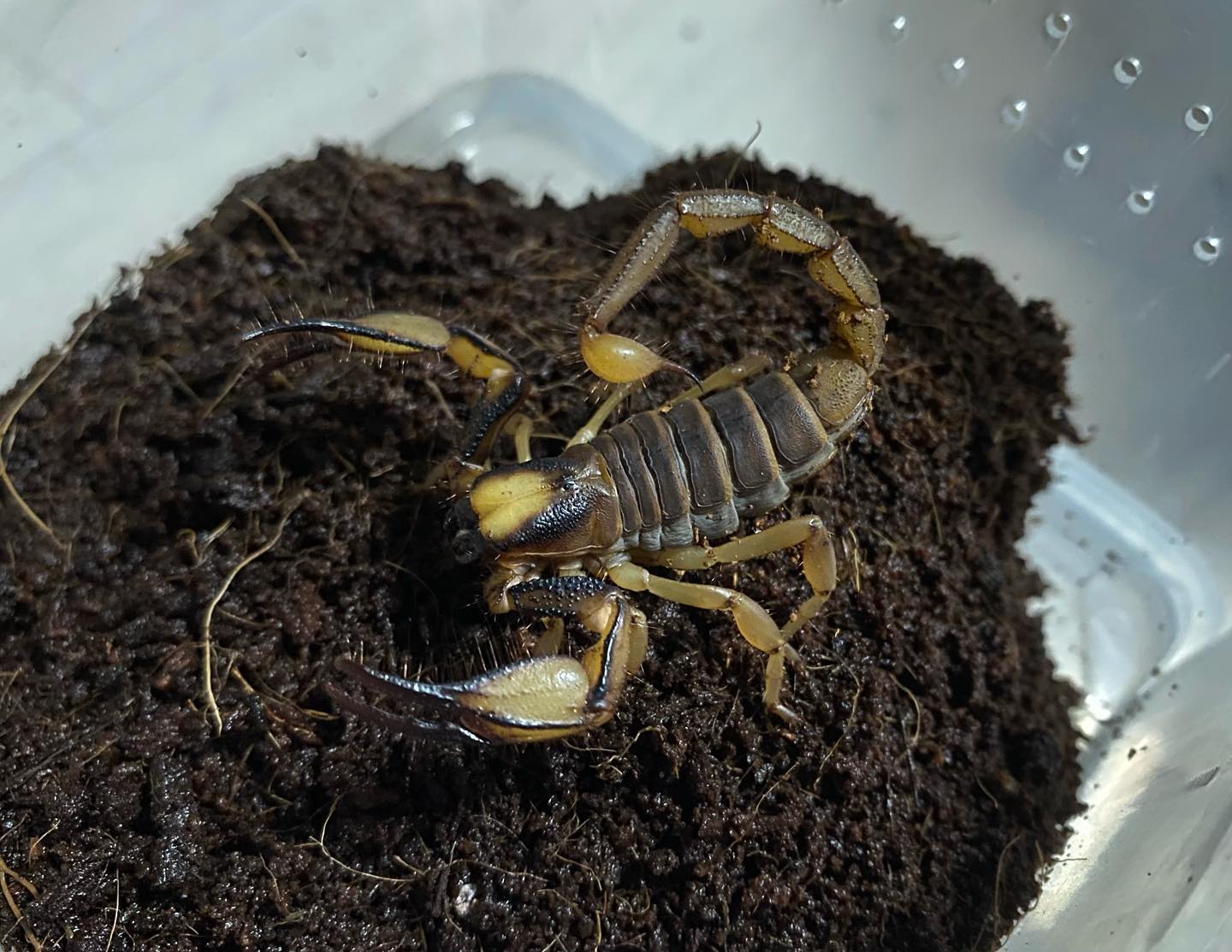
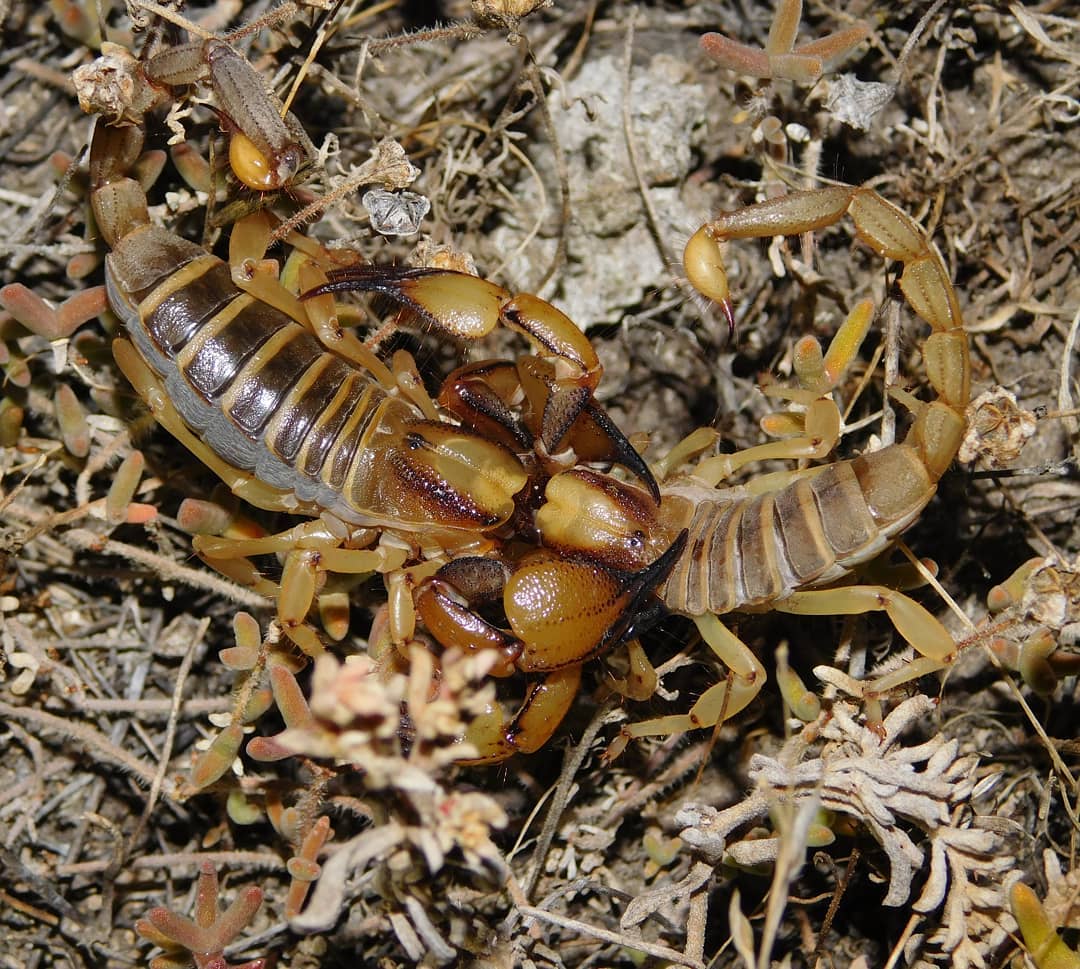 Picture by paulbester
Picture by paulbester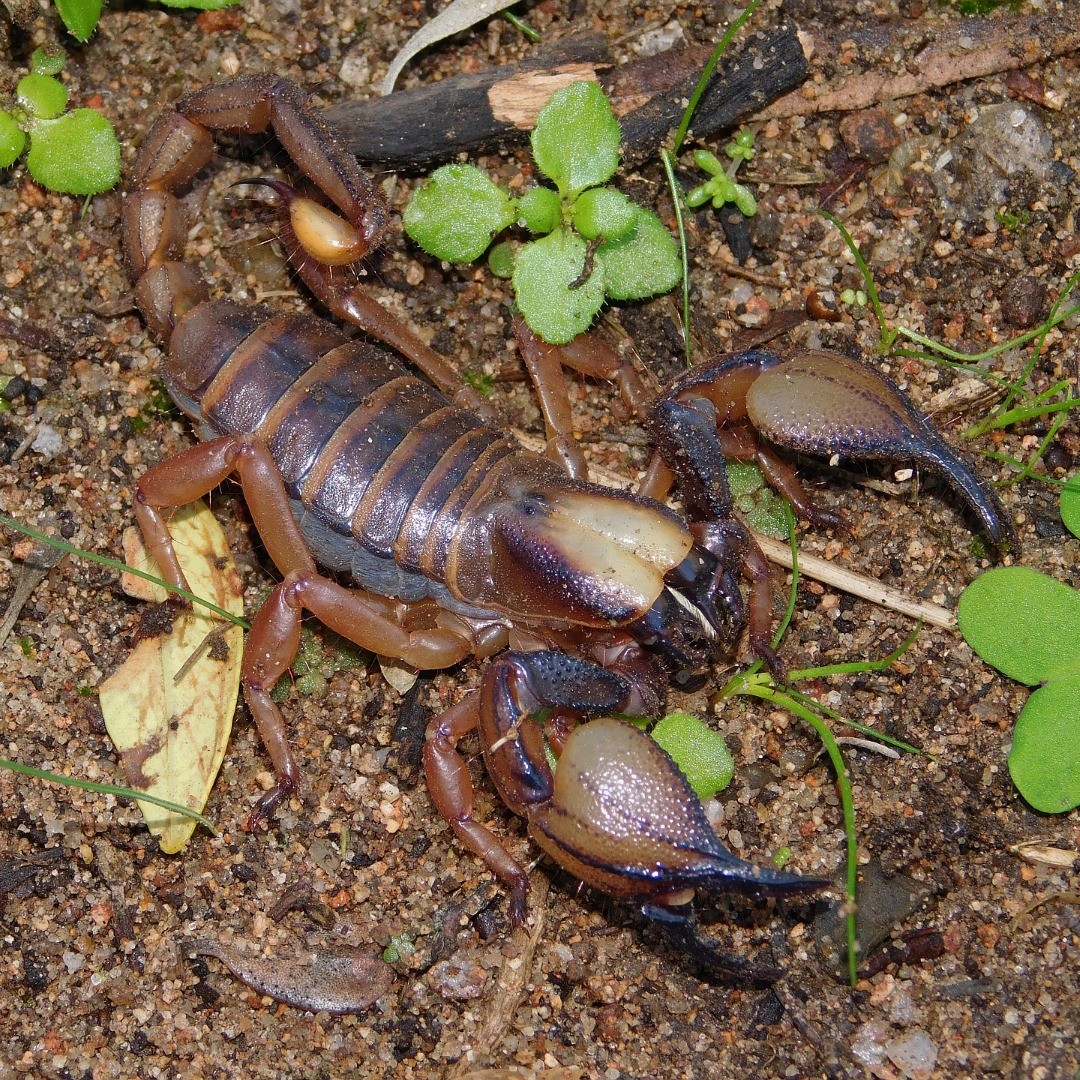
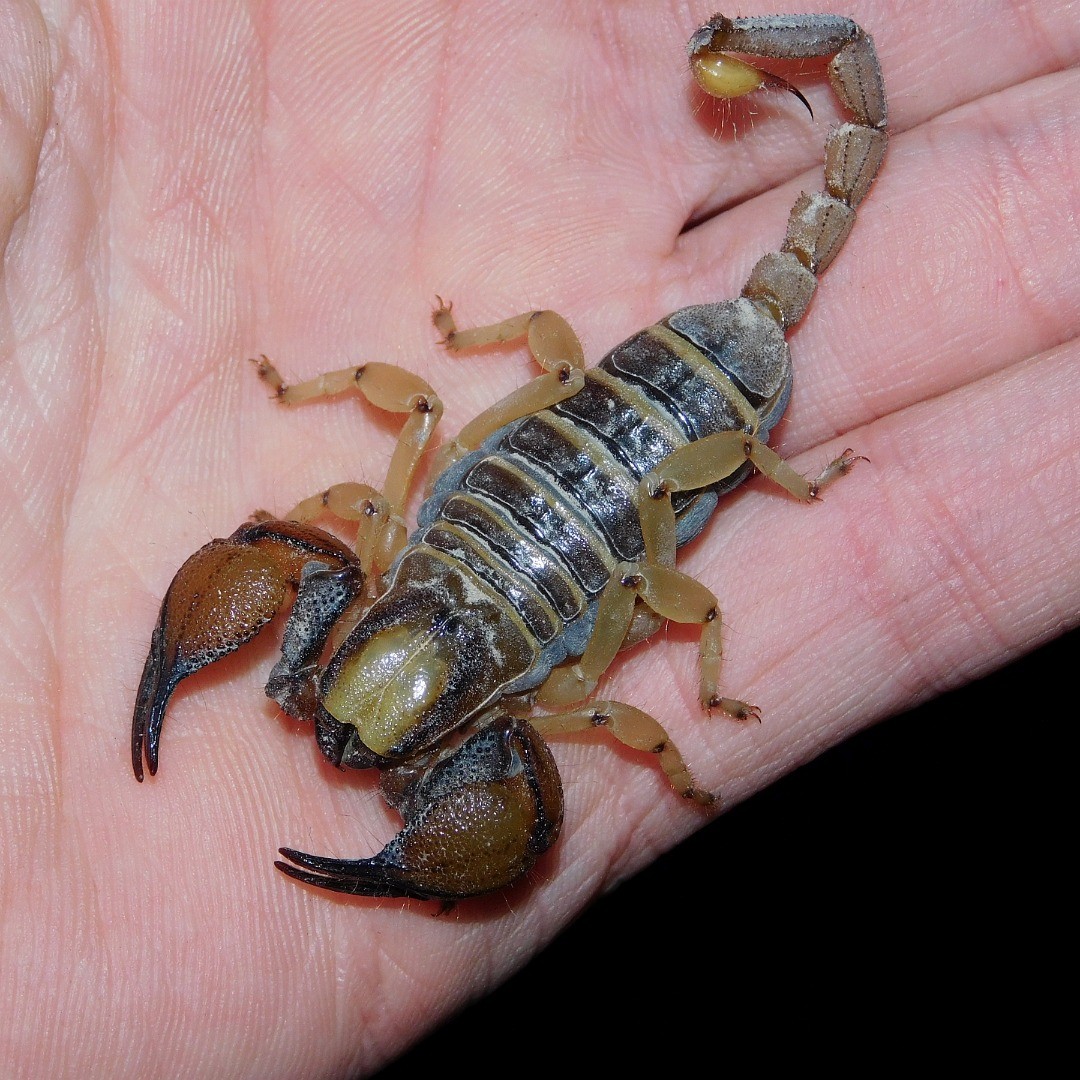
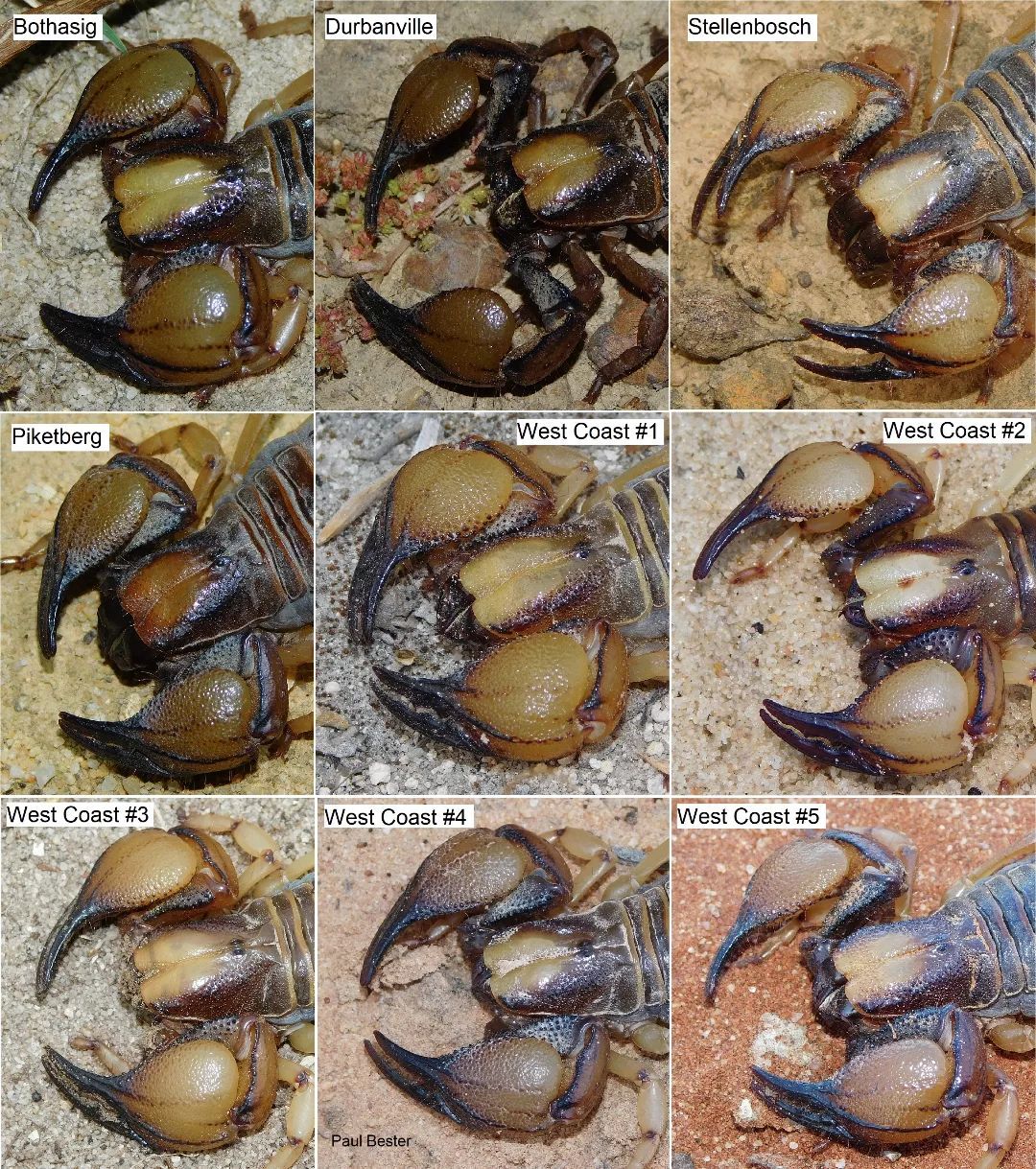
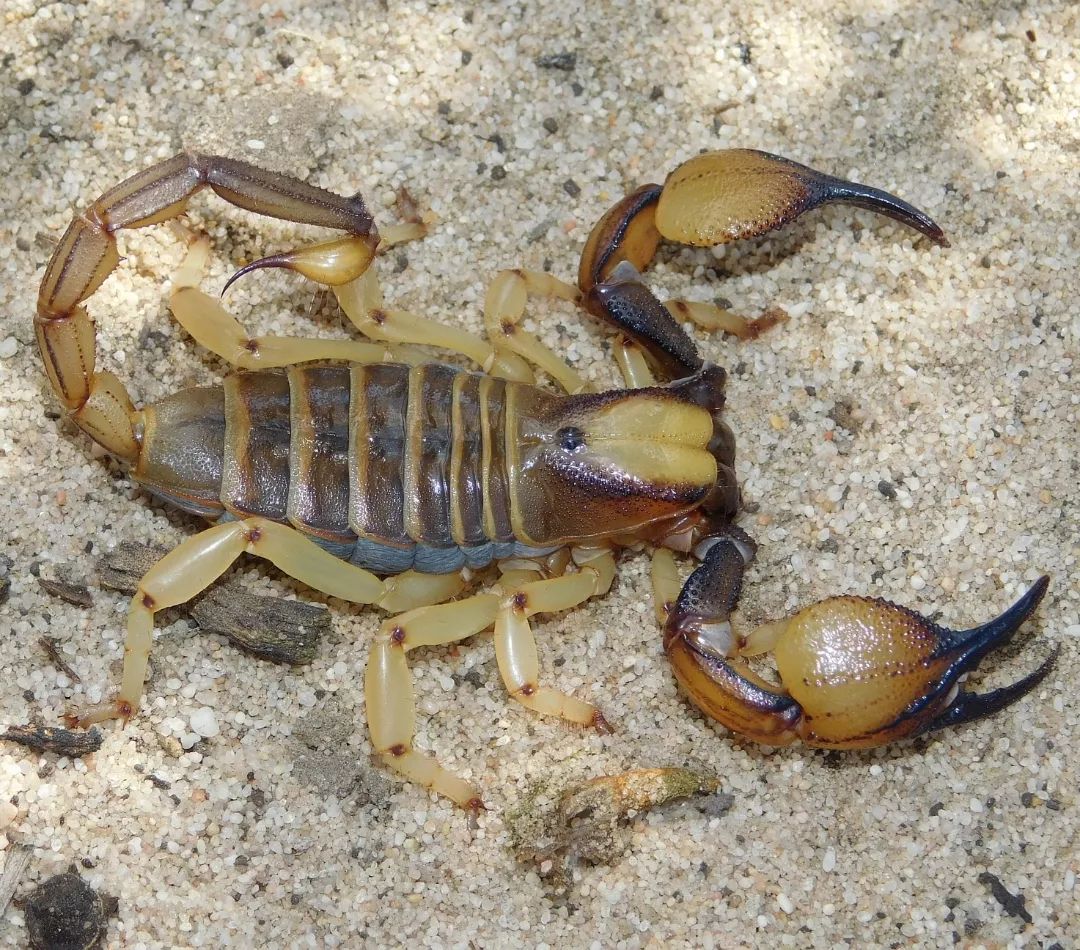

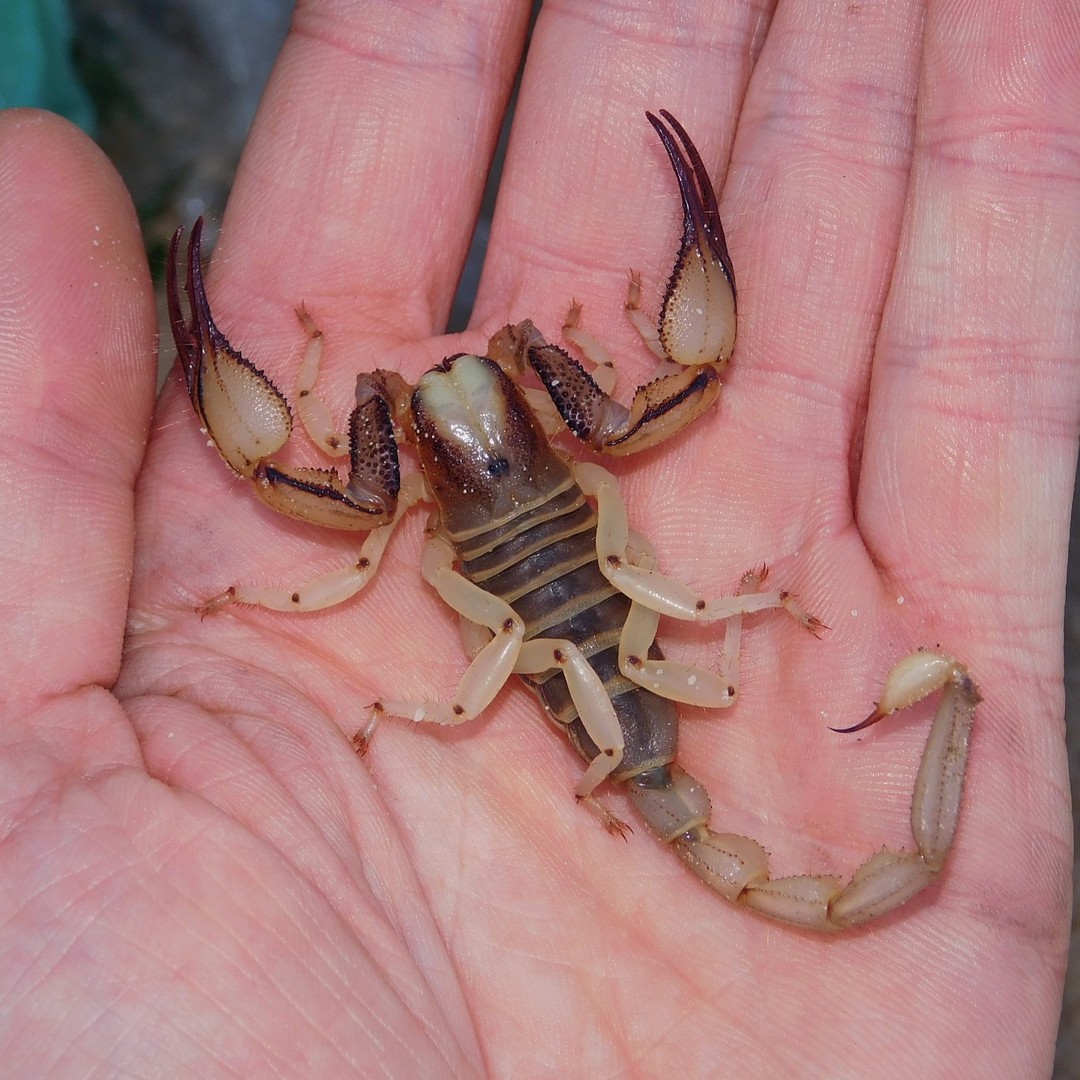
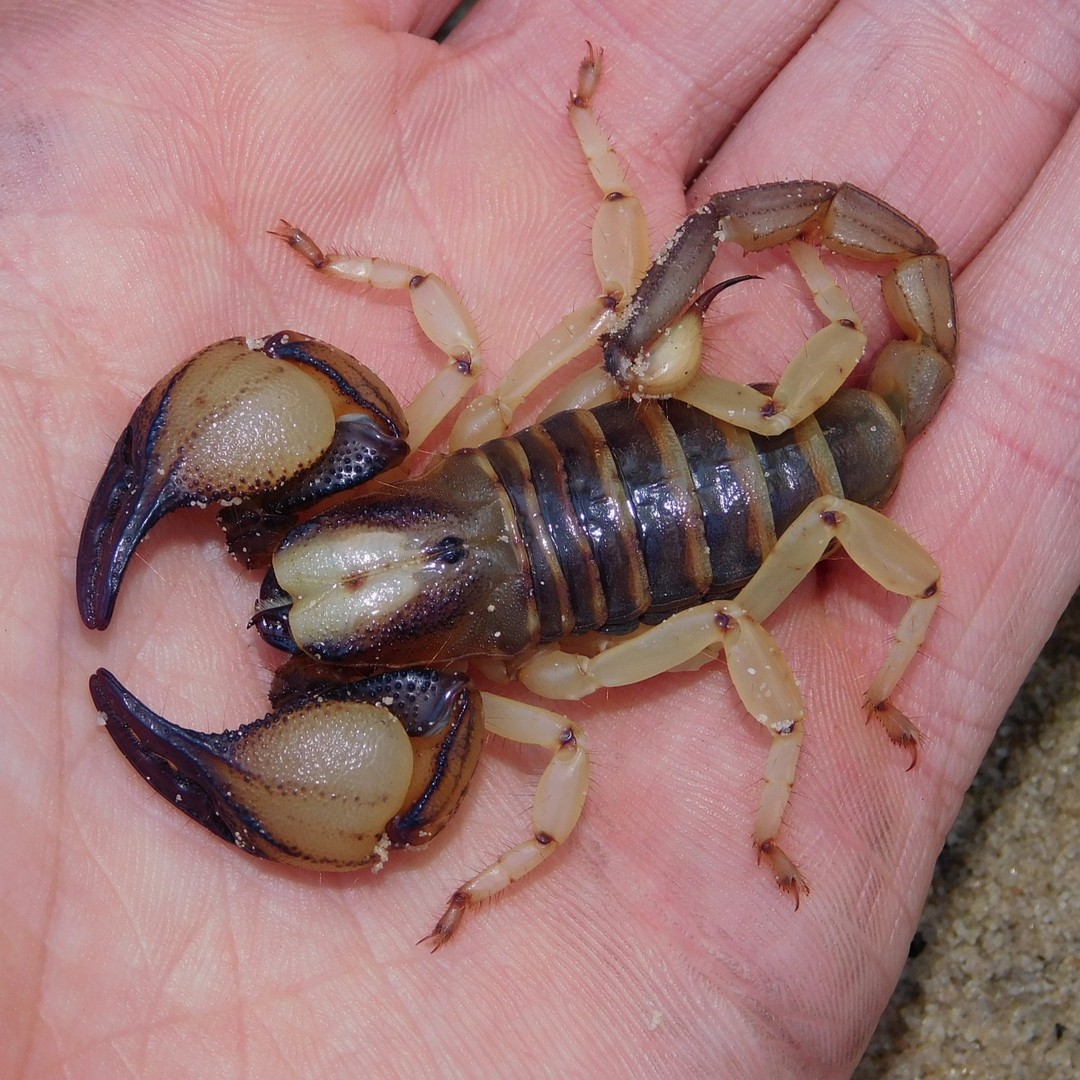
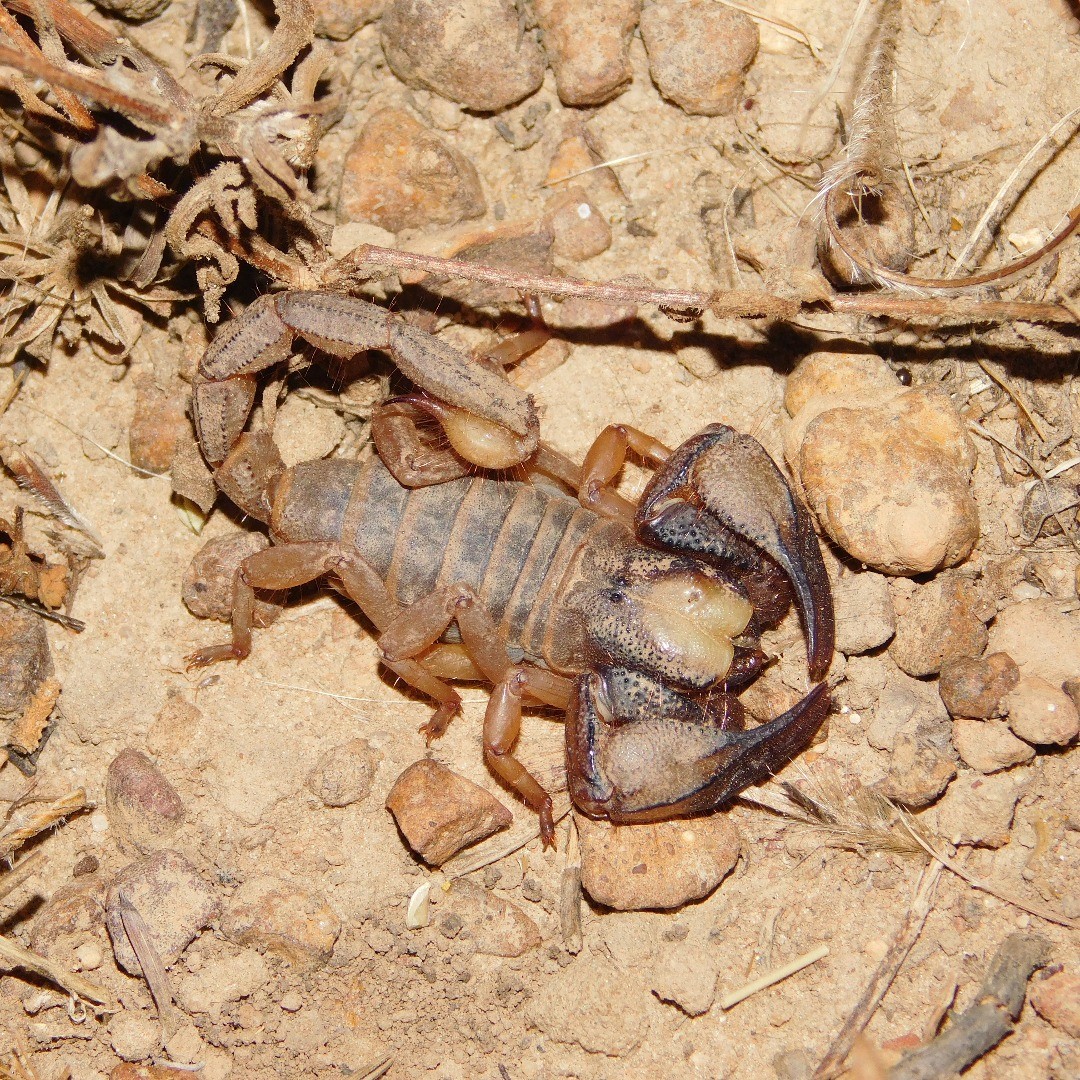
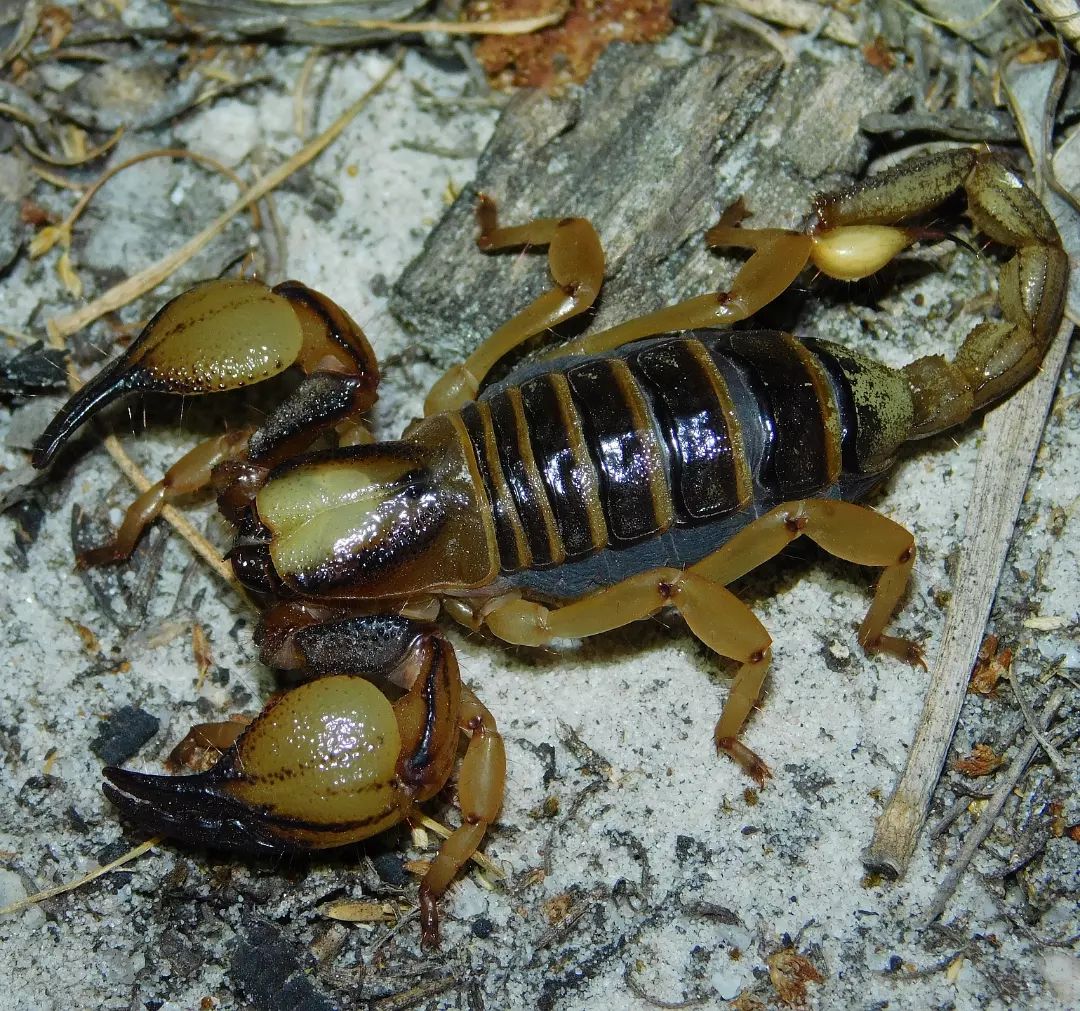
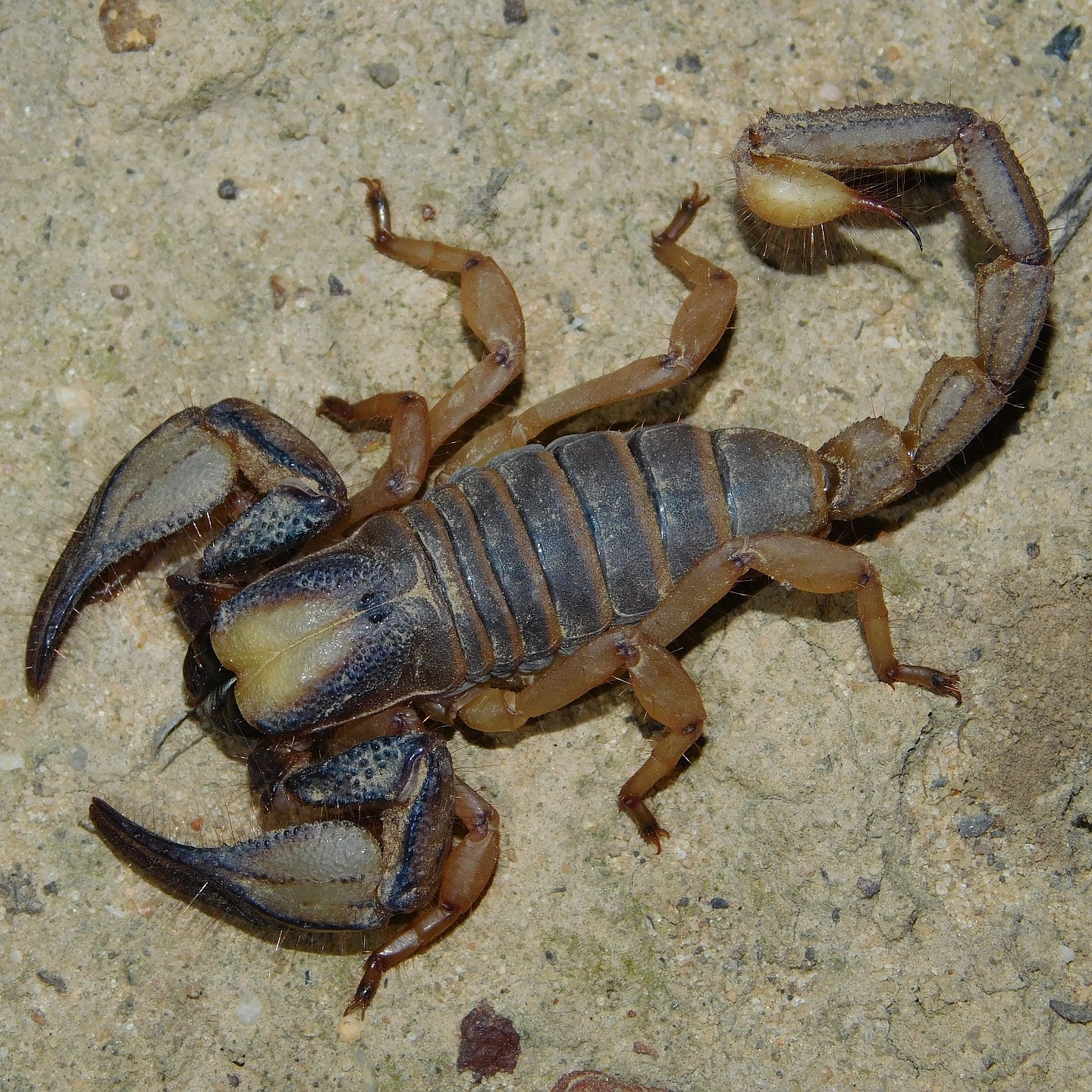
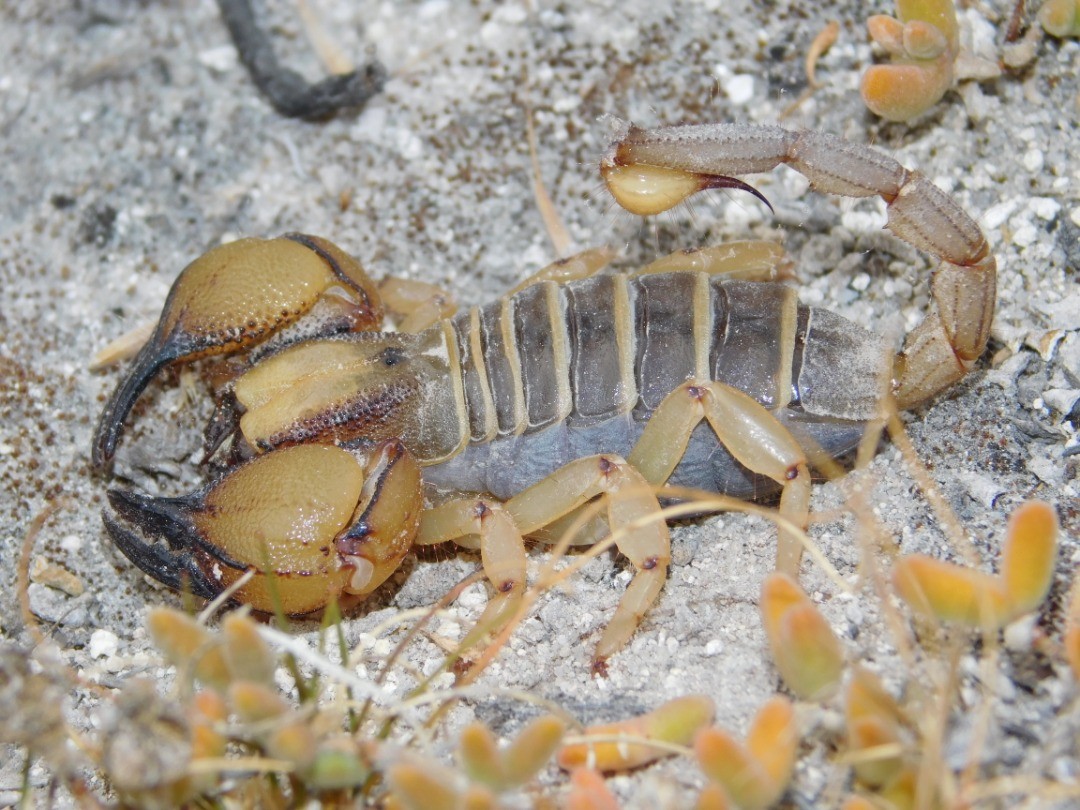
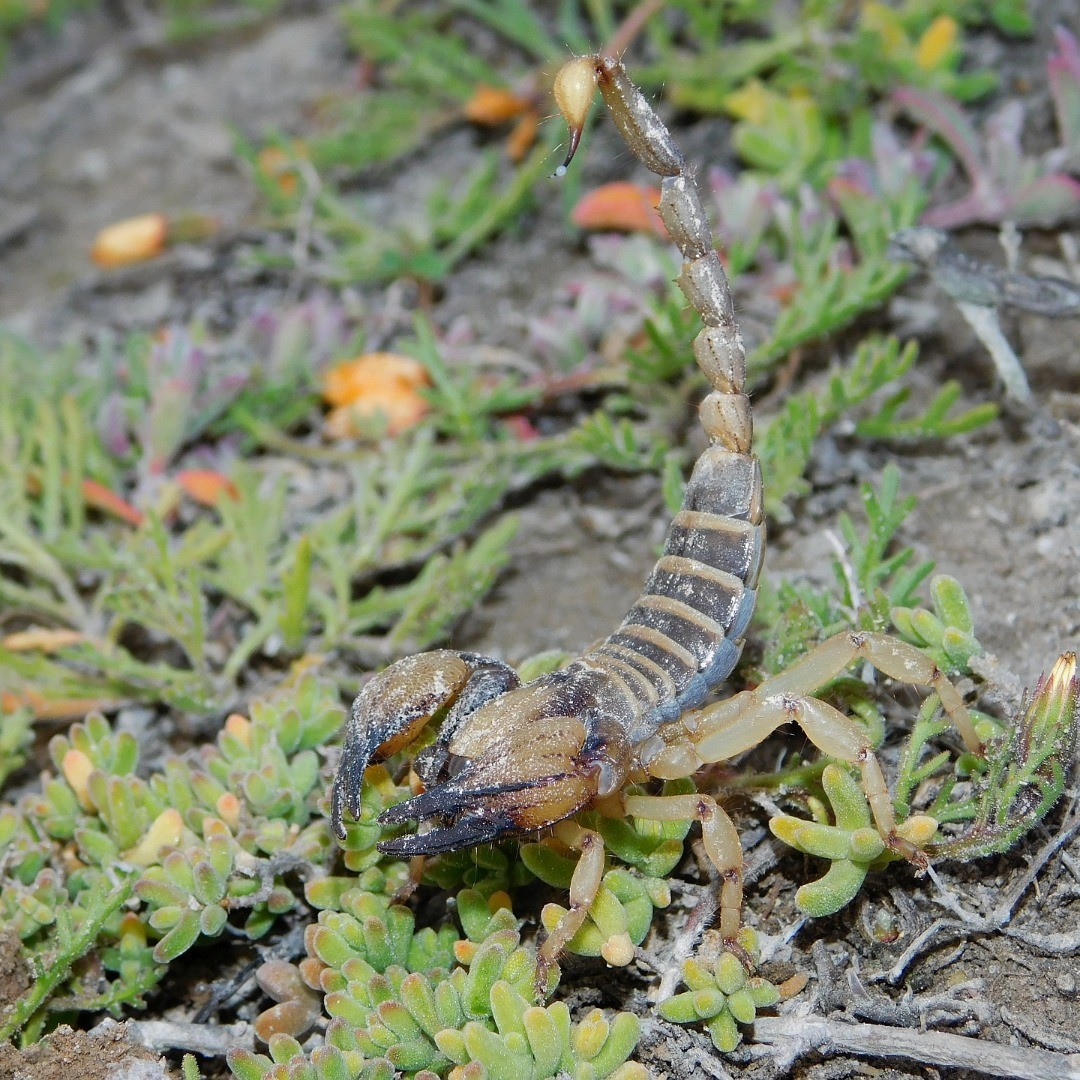

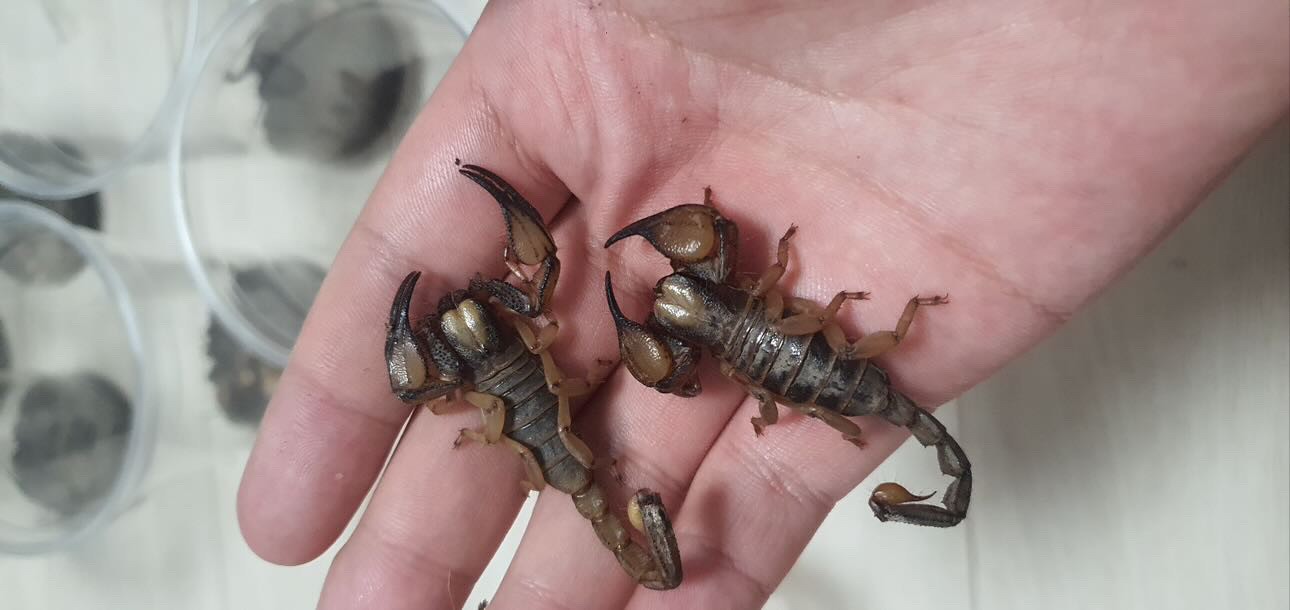
No Comments